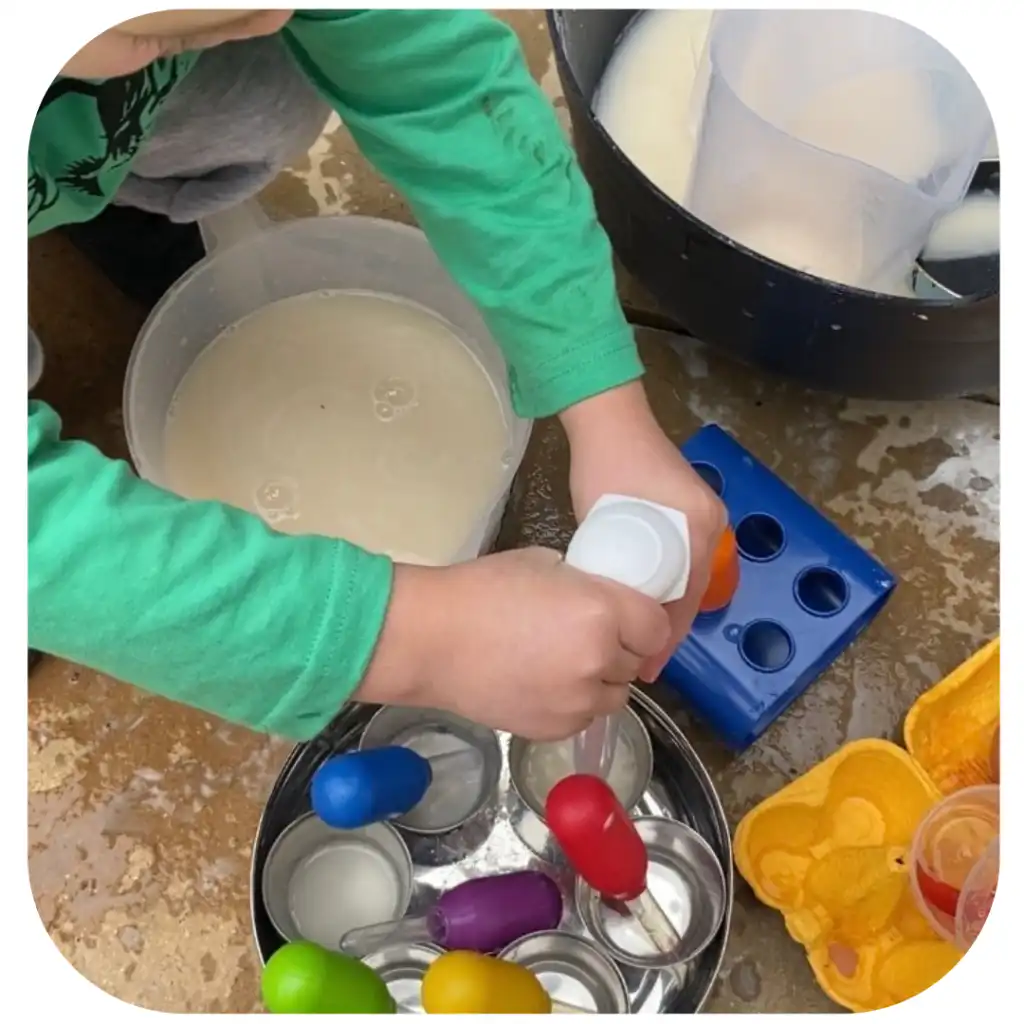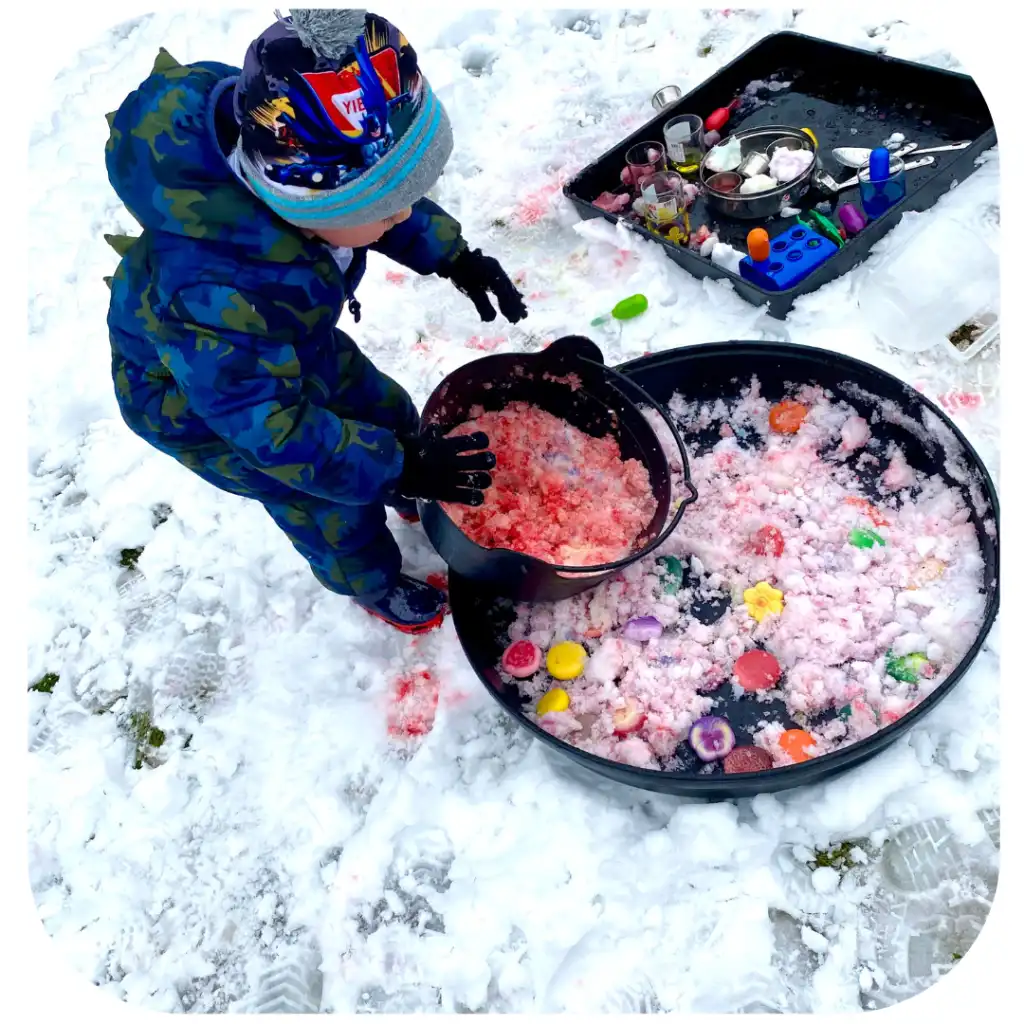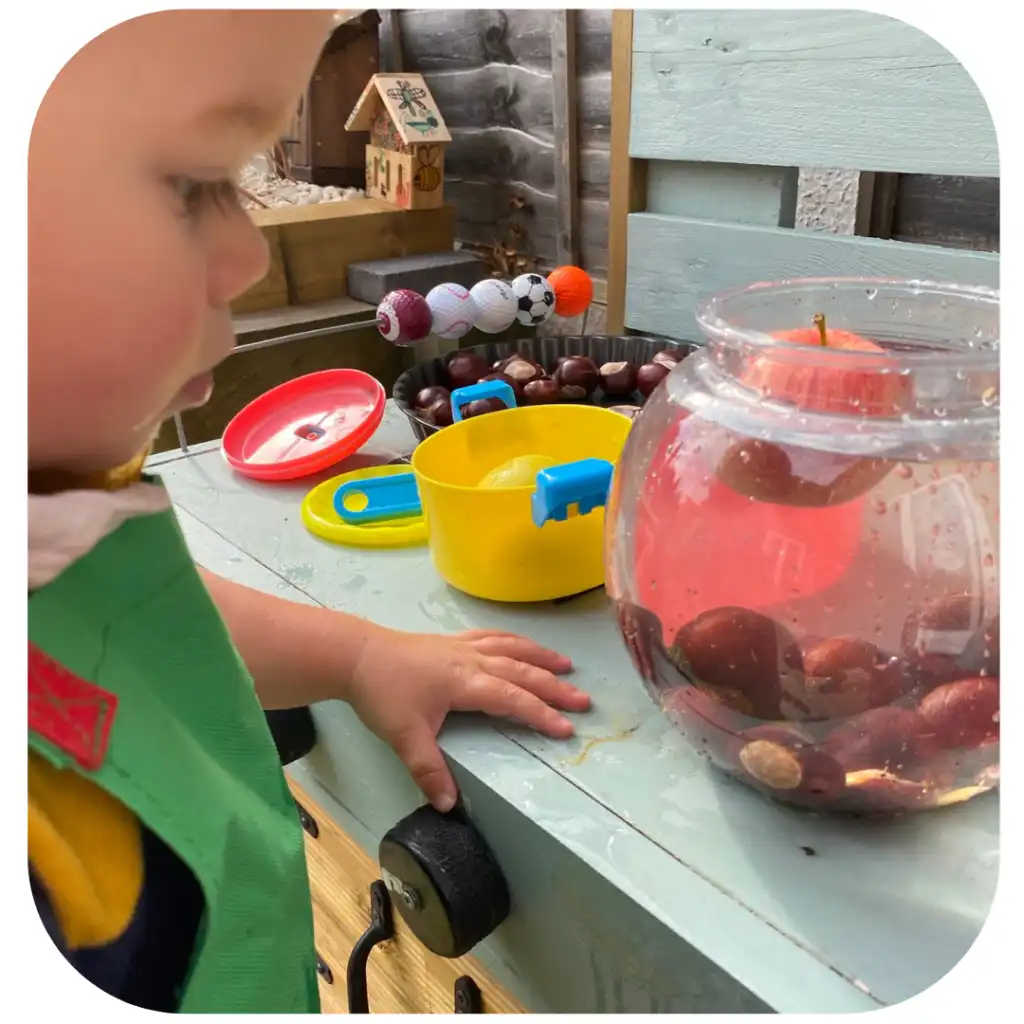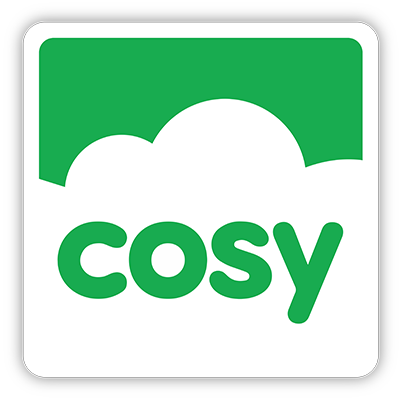10 Fun- Filled Activities for British Science Week
British Science week is a ten day celebration (March 10th-19th ) of science, technology , engineering and maths. The theme this year is connections.
This blog will share ten creative and engaging ways to utilise Cosy's Potion Making Set to get involved this year.
1.Cooking role play
Following a recipe is a great way to build those mental connections between ingredients, processes and a final result (aka a magic potion!). Equally the process of ‘cooking’ itself, whether making something edible or not, works wonders in mastering skills such as measuring, mixing, observing, and following instructions. Pancake day is a great example of this, where many children will enjoy making role play pancakes.

2. Petal potions
Many children find making potions using flowers to be an enjoyable sensory experience. Flowers have a lot to give - children can make connections between the scents they emit and the colours they add. You can use flowers that you have observed bloom and then wilt, allowing learners to develop an understanding of life cycles.


3. Water testing
Water testing is an activity which children will gain various skills from depending on their age. You can use the pots, jugs and cauldron from Cosy's Potion Set to collect samples of water such as rain water, pond water , waste water from a tumble dryer, tap water and mineral water. You can then compare the colour visibly - and there are ways you can test the water. We use paper indicator paper called universal indicator to dip in and observe the colour change, which will give you a pH reading. Pure water should be neutral, or Ph 7, which should show green.

4. Colour mixing
A nice way to learn about colour mixing is using liquid colours, created by adding food colouring to water. Coloured water can make capacity learning extra fun! Another great way to utilise such a simple resource is the 'walking water' activity. You'll need six small metal potion pots, water, colours and a kitchen towel. Make up red, blue and yellow coloured water three pots, and add plain water into the other three. Place the pots in this order: red, clear, yellow, clear, blue clear. Role up the kitchen role into a long rectangular shape and place into each pot in a 'chain'. The coloured water is soaked up the towel into the following pot, and it should create a lovely rainbow creating orange, green and purple in the once clear pots!

5. Sink or float
Cosy's cauldron is the ideal container to use as a test for the 'sink or float' experiment. This is a classic experiment that will help children recognise the concepts of sinking and floating.

6. Melting
You can also use the potion set to explore temperature and melting. Add water at a selection of different temperatures, and observe how long it takes ice cube to melt in each one. If the ice cube is coloured it will be more visible to see. This activity will help them to make connections with how temperature affects the time taken for ice to melt.

7. Herbs and spices
Herbs and spices can be used in stem play to make potions, paint and dyes. These can be used to make art or to investigate the effectiveness of washing powder on removing the stain.

8. Making natural playdough
The cauldron and potion pots are ideal for making natural playdough.
Playdough Recipe Ingredients:
- 1 Cup Flour
- ½ Cup Salt
- ½ Cup Water
- 1 Table spoon Oil (you could use scented oil)
- Natural dyes
- Natural items to add- such as dried petals.
9. Magic milk
The classic magic milk activity would work well using the potion pot tin. Simply add a small amount of full fat milk to cover the bottom of the tin, then use the droppers to squirt food dye sporadically across the surface of the milk. Next, put washing up liquid in another potion pot. Use a cotton bud transfer small amounts of washing up liquid into the coloured splats on the milk to make them disperse.
10. Fizzy potions
This set is perfect for making fizzy potions. You might try dropping a bath bomb in the cauldron, mixing bicarbonate of soda and vinegar, or salt and fizzy pop to make a fizzy brew! Extend this exciting learning by adding your potions to the test tubes in the set and a balloon. Children can visibly see how gas is given off of the potion, as the balloon should fill with gas.

Open ended resources are a real staple for early years settings, and Cosy's Potion Set is the perfect example of this. These are just ten fun ways to incorporate the set in STEM based play. We would love to hear if you have any more ideas, using this set in potion making or potion play in general this Science Week.
Tag us in your social posts using the hashtag #CosyPotionPlay and we'll share our favourites!
Facebook: https://www.facebook.com/cosydirect/
Twitter: https://twitter.com/cosydirect
Instagram: https://www.instagram.com/cosydirect/


